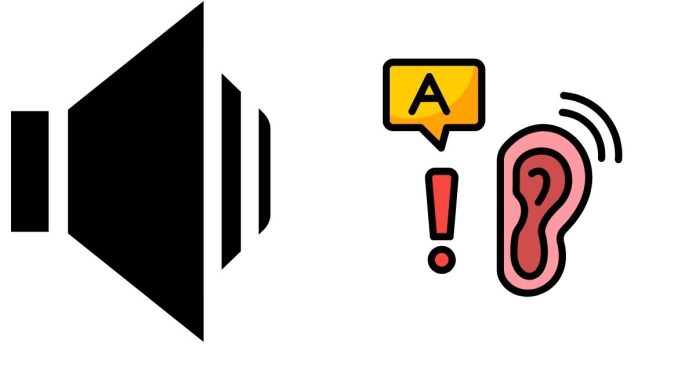The word “shape” consists of 3 phonemes:
- /ʃ/ – The “sh” sound, as in “shoe.”
- /eɪ/ – The long “a” sound, as in “day.”
- /p/ – The “p” sound, as in “pen.”
Let’s break down the word “shape” in terms of its phonetic components.
Phoneme 1: /ʃ/ (The “sh” sound)
- This is the first sound in “shape,” represented by the letters “sh.”
- It is a voiceless postalveolar fricative. This means it is produced by forcing air through a narrow gap between the back of the tongue and the roof of the mouth, just behind the alveolar ridge, without vibrating the vocal cords.
- The sound is similar to the “sh” sound in words like “shoe,” “ship,” or “she.”
Phoneme 2: /eɪ/ (The long “a” sound)
- This is the second sound in “shape,” represented by the letters “a” (though it’s spelled as “a,” the actual sound is more like the “long a”).
- It is a diphthong, which means it’s a combination of two vowel sounds that glide from one to the other within the same syllable. It starts with an “eh” sound /ɛ/ and moves into an “ee” sound /ɪ/.
- The /eɪ/ sound is heard in words like “day,” “say,” or “play.”
Phoneme 3: /p/ (The “p” sound)
- The final sound in “shape” is /p/, represented by the letter “p.”
- It is a voiceless bilabial plosive, which means it is produced by closing both lips and then releasing a burst of air, without vibrating the vocal cords.
- The /p/ sound is found in words like “pat,” “pen,” or “pie.”
Phonemically, it can be transcribed as: /ʃeɪp/.
This breakdown shows how English sounds are organized and how each letter or letter combination corresponds to a specific sound, helping with accurate pronunciation.
Related posts:
- What does ringing in the ears mean spiritually?
- What Colors Do Blue and Green Make?
- How Long Does Raw Chicken Really Last in the Fridge?
- What are some amazing and memorable Valentine’s Day ideas that will leave a lasting impression?
- What is the definition of ‘friends with benefits?
- What is the difference between a bachelor’s and a degree?



